The swap meet is one of my favorite events of the year, and not just because it’s where car builders gather to find the scarce bits and pieces for their projects, but also because it’s a very gritty, real place where trends in the greater classic car world are often reflected.
This is where the smell of old grease warmed by the sun wafts in the air, and where the best deal of the day is hidden just around the corner. Or maybe around the next one. You just have to keep looking — and there’s always more to see.
This past weekend was the Portland Swap Meet and the PIR Swap Meet — two distinct, different events held next door to each other at Portland, Oregon’s Expo Center and Portland International Raceway. Together they make up the largest swap meet weekend on the West Coast — a great place to find whatever you’re looking for, from vintage speed parts to complete collector cars. In general, what you find here is limited to car parts, and generally those 1975 and older.

Oregon is known for its rain, which to car people usually means rust. But the reality is a little different — because of the generally temperate climate of the Willamette Valley, there aren’t many cold, snowy winters here. Thanks to that, there’s never been a need for road salt, and that’s helped the region to be much more car friendly than other spots in the U.S. It also means that you’ll find more solid old car components here than you might think.
After a two-year hiatus, the swap meet was back this past weekend, complete with off-duty school buses shuttling people over the half-mile or so between the Expo and PIR and back again. My reason to go was to hunt a few parts for my C20 project, but I was also there to meet up with friends, and to wander and kick tires with my dad. Up until 2020, we’d go every year, looking for ’66 Impala pieces, ’68 Camaro parts, or stuff to fill out whatever classic truck I had at the time — and not always to buy, but rather to see what others were selling, and for how much.
The two-year break brought on by the pandemic left a hole in my car world that even the best aftermarket parts couldn’t fill. No hunt, no friends, no fun.
After spending an hour creeping up to the event in a snarl of swap meet traffic, we parked, walked the final quarter mile or so into the Expo event, and started making our way up and down the rows of spaces. It was obvious right away that attendance was up but displays were down, no doubt due to the ongoing pandemic. “Probably all stuck in that traffic,” said Dad.

It was also obvious that truck parts were everywhere — and not just any trucks, but specifically GM and Ford trucks built from 1967 to 1972. Hopeful builders kept walking past me carrying bedsides, grilles, doors and fenders in various colors, no doubt sourced for a project at home. It felt like part of the background, like guys carrying ladders or panes of glass on a movie set. But the trend was clear as day. Heat in the truck market may not be new, but it sure isn’t going anywhere. Not yet.
“It’s been really busy,” said Dave McGillchrist as a group of car people left his booth, and he paused to shuffle a few classic GM truck parts on one of his long tables. Dave is known in the local car scene as a ’67 to ’72 GM truck guru. “I’ve got to sell a few trucks this year because we’re moving again and I’m losing some of my space,” he said, pointing down the row of booth spaces he had linked together. Down the row were three complete trucks, along with all kinds of classic truck parts, from emblems to seats. “That one on the end is a factory big-block truck. 402 with a/c.” By then another crowd had gathered.


Not far away, a 1963 Porsche 356 sat on a trailer, drawing in onlookers thanks to its bright red paint and generally nice restoration. The asking price? $80k, written in Sharpie on a white sheet of paper. Nicer, high-end stuff was rare on the ground, however — more common this year were GM B-body cars, including a decent ’64 Impala 2-dr hard top without much rust, even in the trunk. The $7,000 asking price felt a little steep, though. There were also more first-gen Ford Mustangs than usual, as well as both complete and disassembled early Camaros and Tri-Five Chevrolets. Inside one of the main buildings, twin ’67 Camaros out of California drew a lot of interest, as they were mostly original, and one was a factory RS/SS 350. The other had a rare split bench. Asking prices? $45k and $48k, respectively. I expect those numbers — and a bunch of others — dropped as the weekend carried on.
Beyond that were the interesting, weird and just plain rare pieces that always seem to show up out here, from Air Corps oxygen tanks from a vintage bomber through vintage stack intakes, rows of Rochester small-block injection units, Imperial-branded Hemi valve covers, flathead speed parts, complete Henry-steel Ford bodies and more.



In my column in the last issue of Linkage, I wrote about a welder friend of mine who helped me sort out part of my project, and handed off his old MIG welder to me because he was getting out of the car scene. Around noon, as we rounded a corner, I was surprised to run into him and some of his other friends, all gathered together in a booth, grilling lunch and talking cars. He asked me all about my truck and then told me about his new house, complete with a big garage. He offered me a burger and a drink. I offered him his welder back. He just smiled.
As for me, I found the main piece I was hunting: a 1967 or ’68 lower grille filler panel for my ’67 truck. I found a few, settled on one, offered the guy $20 and carried it for the rest of the day. But it will fit better than a reproduction, and was less than half the cost of a new piece, minus shipping. Problem solved.
Five miles of walking later, I’d seen what I could see and had found what I needed — and had my fix for the rest of the year.
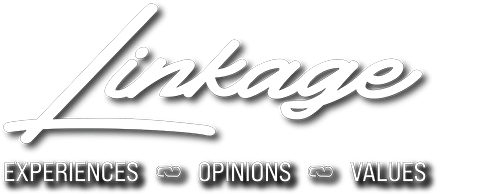

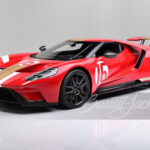
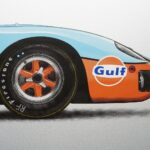
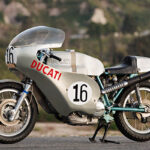
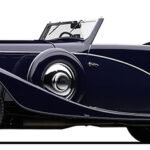
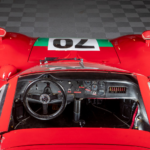

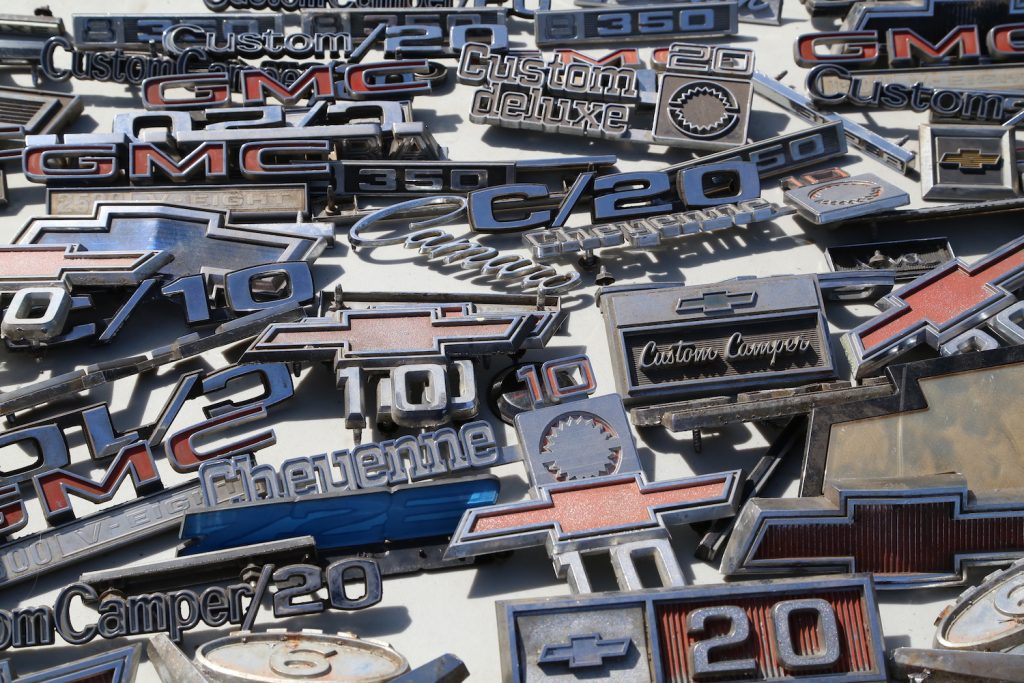
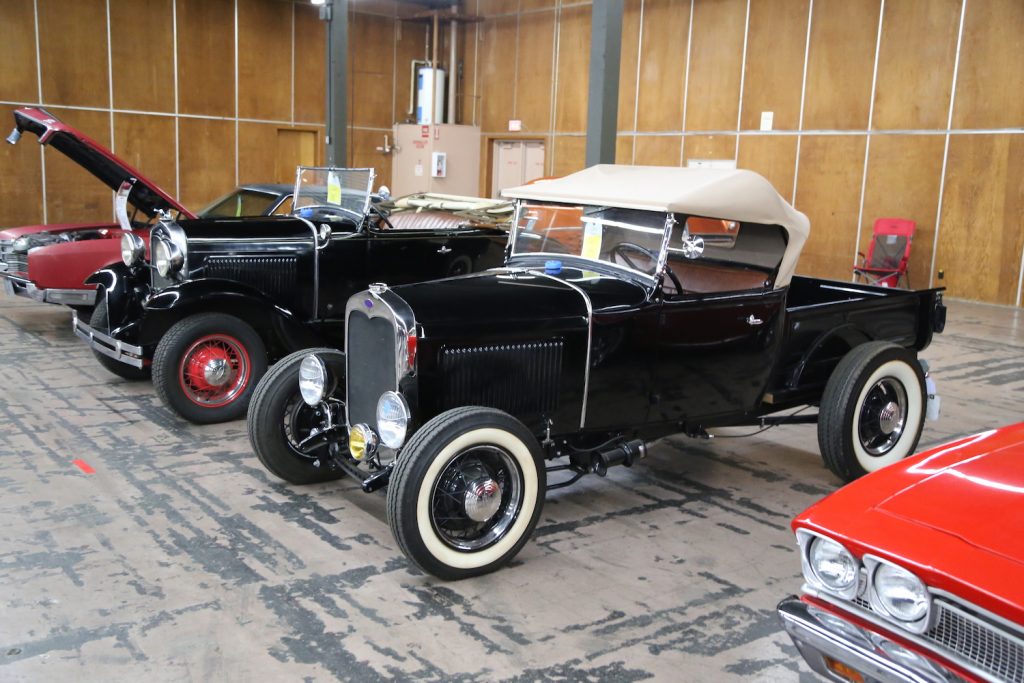
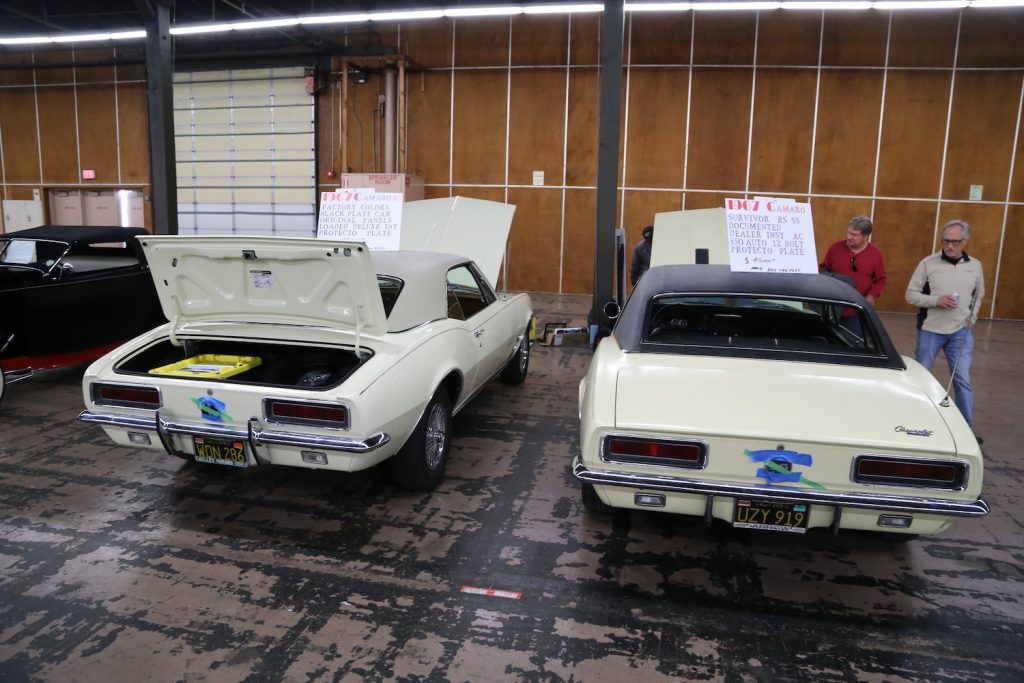
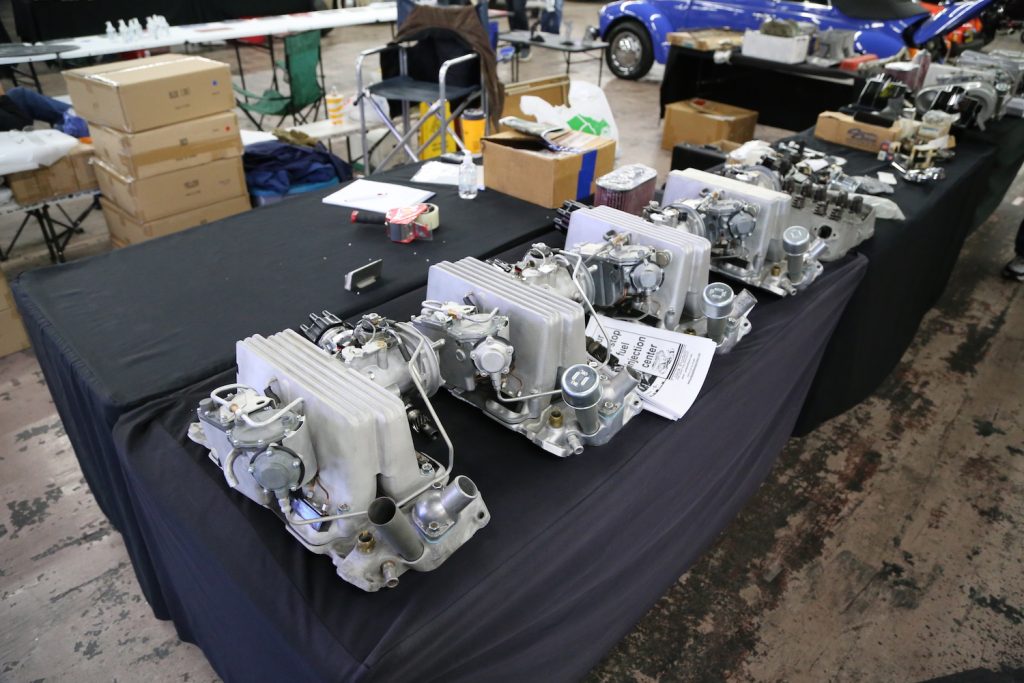
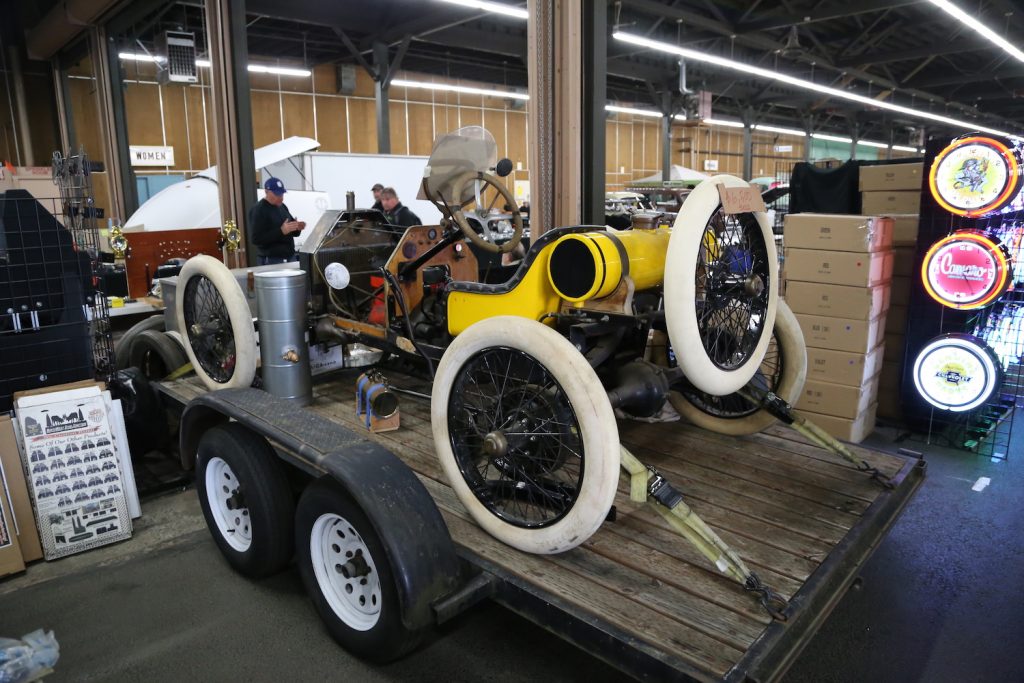
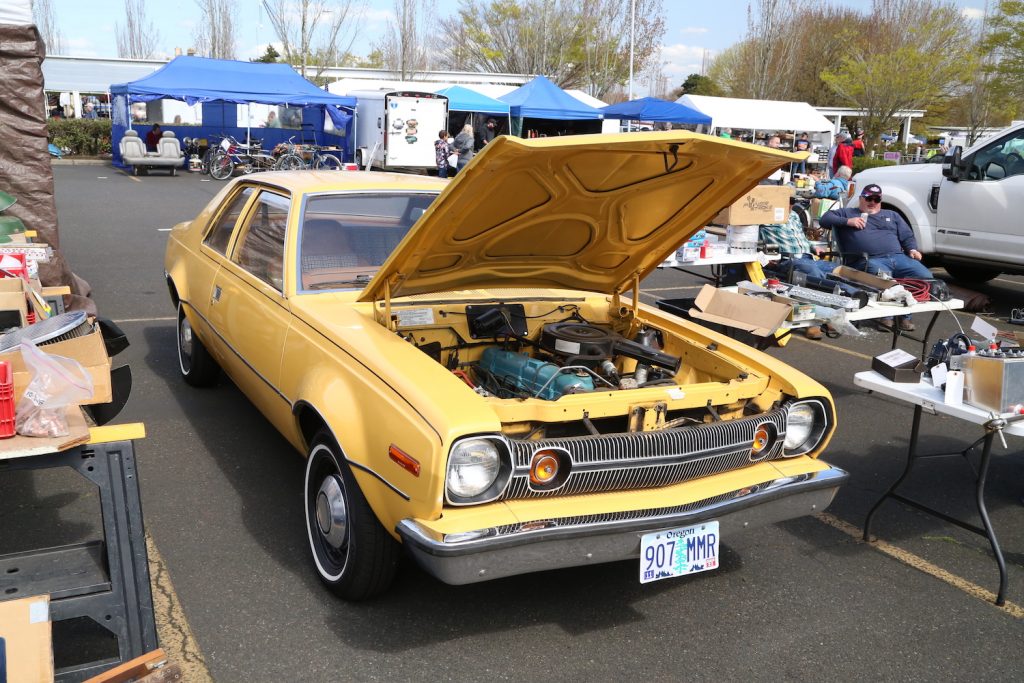
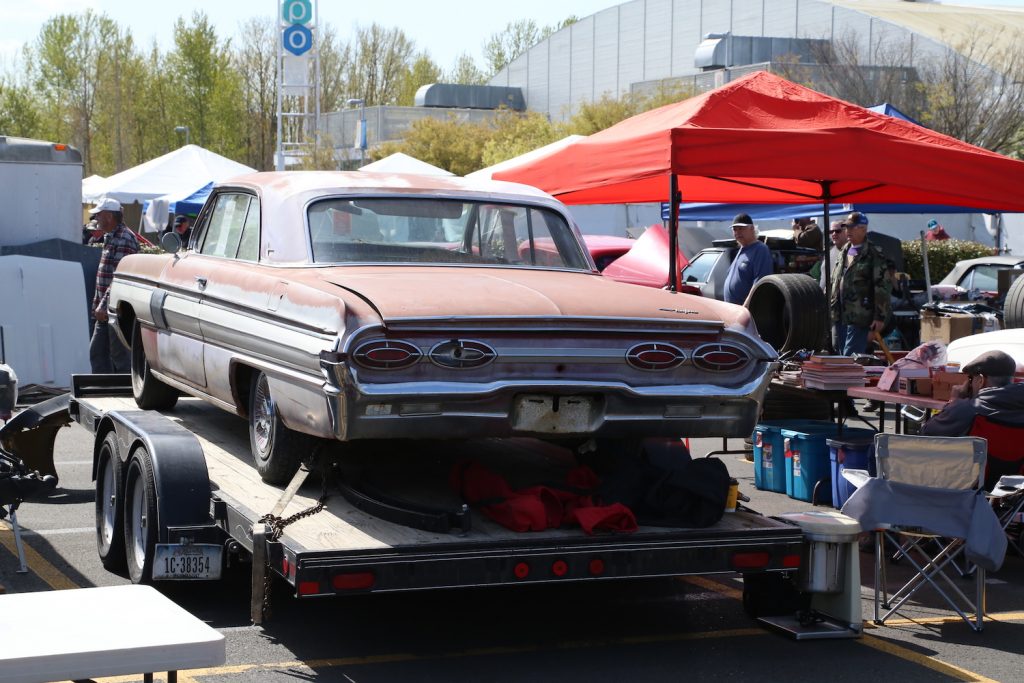
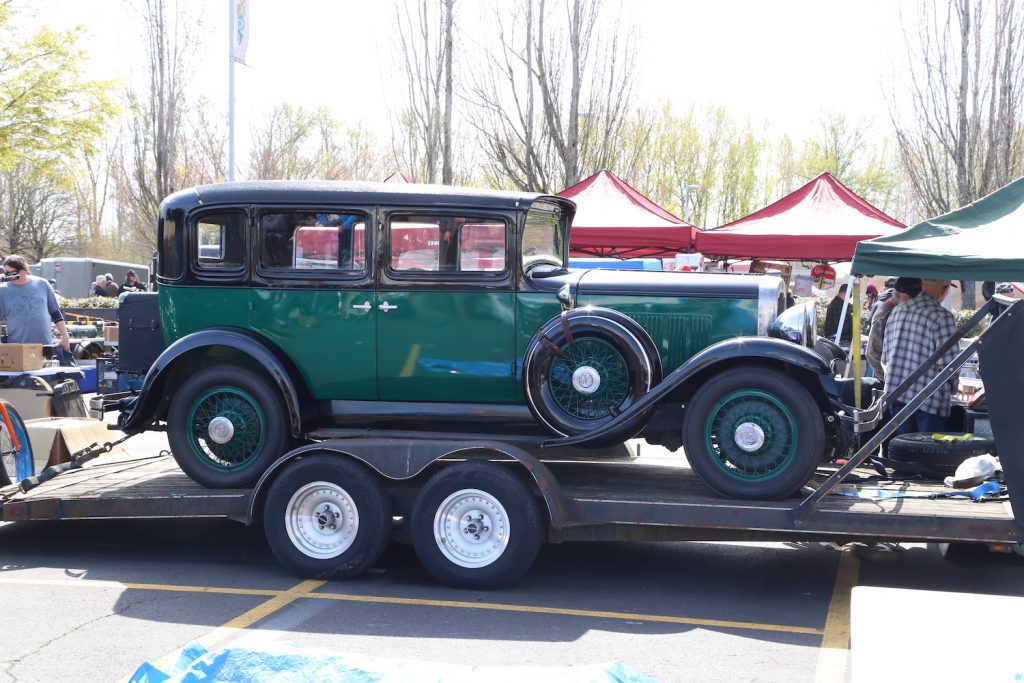
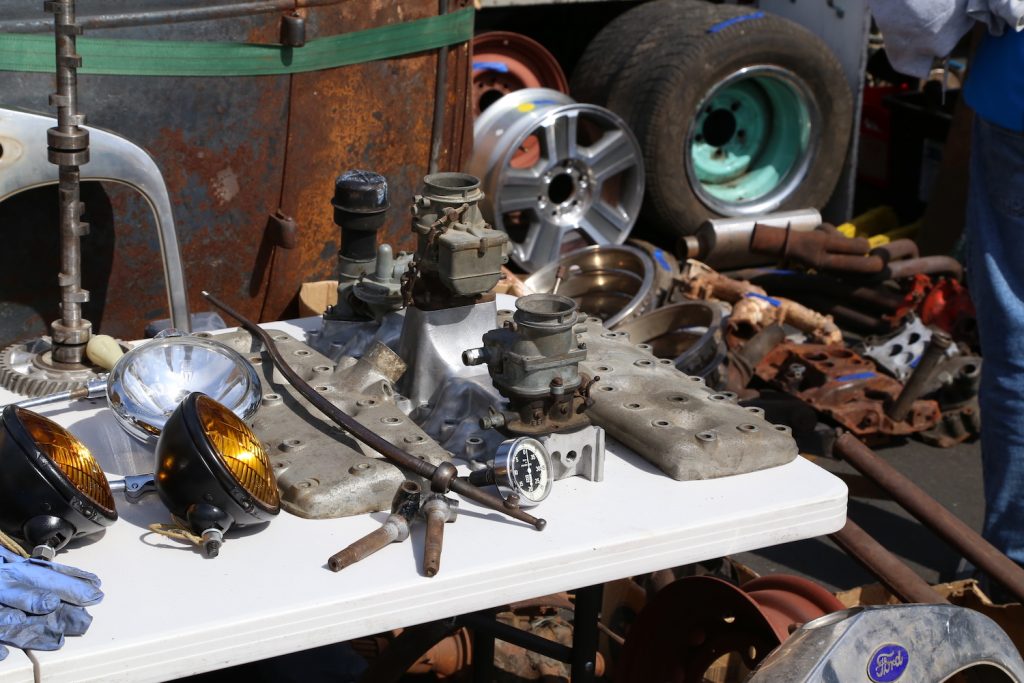
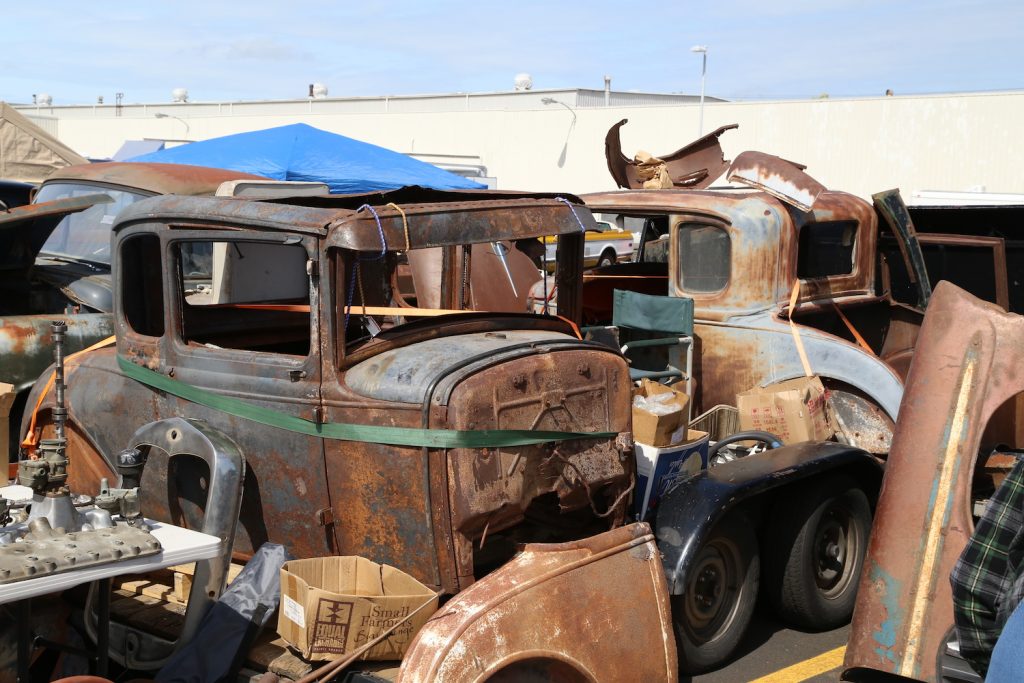
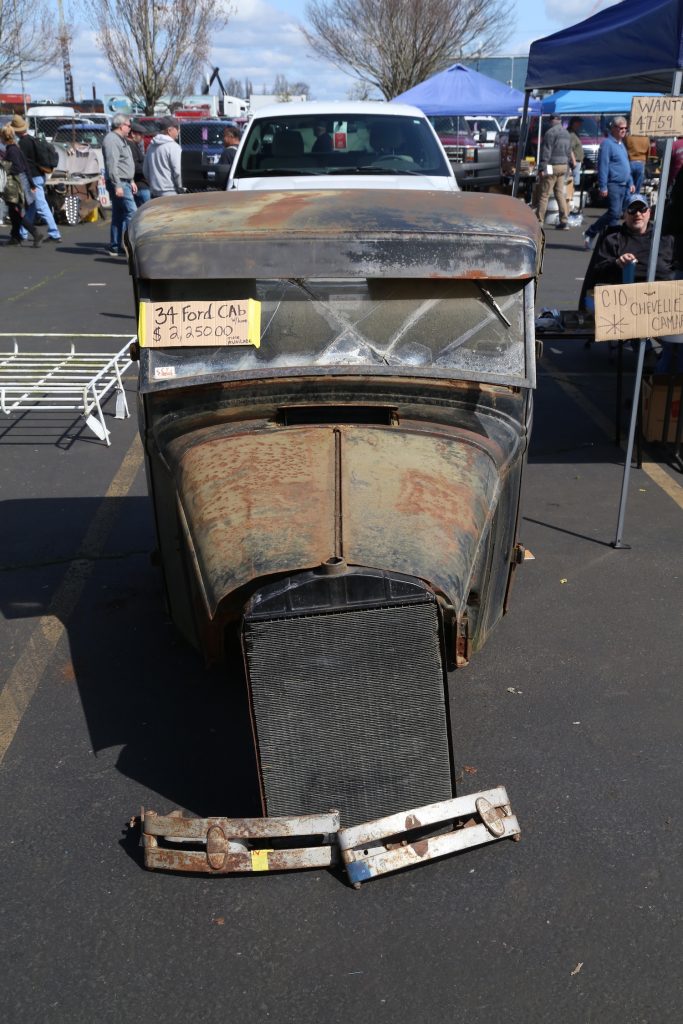
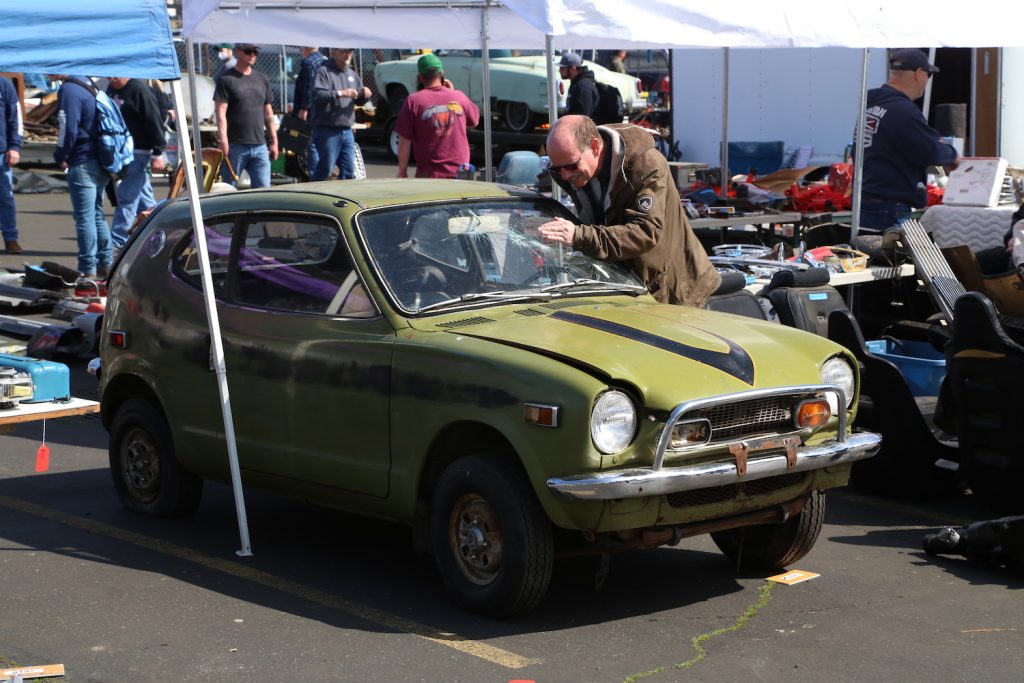
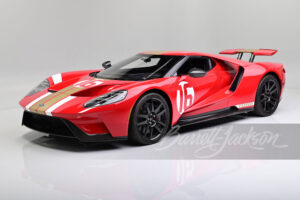
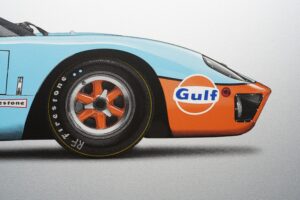
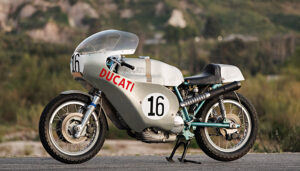
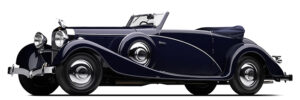
More Stories
The Future of Muscle
Finding GM Gold
Snapshots from Monterey